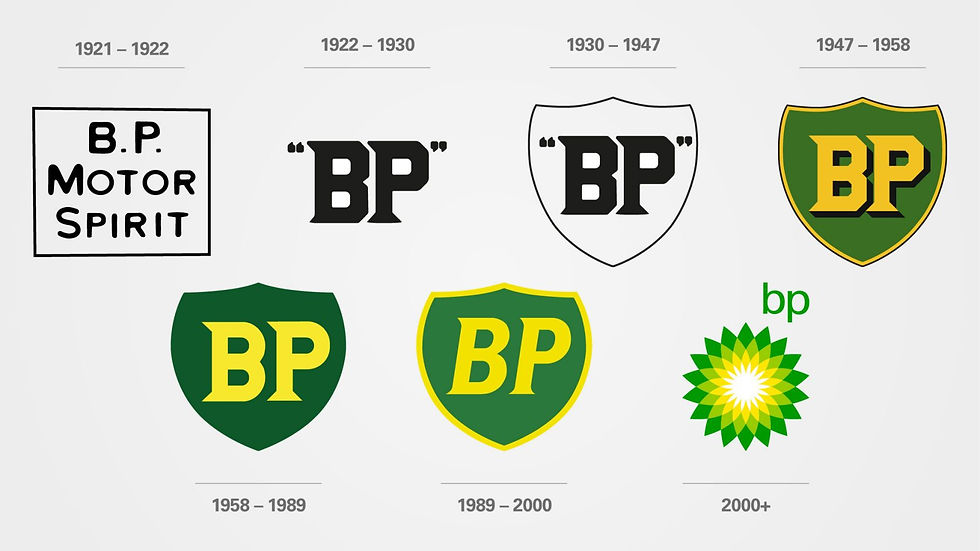Videos of SpaceX recovery, ultra-fast EV chargers, autonomous vessels, hydrogen tech, Seattle Kraken
- Sarah Whiteford

- Aug 3, 2020
- 4 min read
It's Good News Monday!
This Monday we talk about:
SpaceX recovers all rocket components at sea
Aral to build more than 100 ultra-fast charging points in Germany
New Autonomous Vessel Systems Program at the Maine Maritime Academy
Hydrogen following in LNG footsteps
20 years of bp’s ‘Helios’
The Seattle Kraken!
On July 22, SpaceX captured both halves of the rocket fairing from the recent Falcon 5 launch. Normally, the reusable booster rockets land on a pad which can be on shore or on a floating barge. But the fairing, costing about $6 million for the two halves, will not be reused if either piece lands in the water, due to potential corrosion. With hundreds of millions worth of payload, that’s not a risk SpaceX is willing to take.
Instead, they have retrofitted offshore boats with huge catching nets to capture the fairings as they return to Earth. As you can see in the video above, a parachute slows the fairing, and the boats do the rest to get underneath them and catch. Check out the link to the original article for the 57th landing of the booster at sea as well.

Image Credit: bp
After a 12-month pilot program, Aral, bp’s top fuel brand in Germany, is building new charging points. Their ultra-fast charging infrastructure will be expanding to 100 new locations over the next 12 months. Aral chargers are 100% green energy, self-operated chargers with a capacity of up to 350kW. Ultra-fast chargers (UFCs) can charge an electric vehicle with the right technology with 350 km of range in 10 minutes.
Five pilot stations gave them the experience to rapidly expand: “'With our five pilot stations, we were able to gain valuable experience over the past year which is now being incorporated into our future planning. We plan to integrate the chargers into the heart of our retail sites, while improving directions on site and providing a roof for electric vehicle charging where possible,' explains Patrick Wendeler.”

Image Credit: Sea Machines & gCaptain
“Boston-based Sea Machines Robotics has partnered with Maine Maritime Academy and the U.S. Maritime Administration to bring hands-on education about autonomous marine systems into the MMA curriculum.” Sea Machines is outfitting MMA’s 41-ft Coast Guard cutter-class workboat R/V Quickwater with an autonomous control system. Students will control the vessel from campus to “increase at-sea situational awareness, safety, energy efficiency, operational performance and the environmental impact thereof.”
They will learn about emissions and efficiencies, documenting results. They will also get additional data about performance and safety. This knowledge will give future merchant marine officers the ability to deal with digital fleets and data. They are excited to get started teaching on this cutting edge ‘smart vessel’ technology.

Image Credit: gCaptain
Hydrogen is following in natural gas’s footsteps. The rapid adoption of natural gas may pave the way for hydrogen technology as Japan starts trial imports of liquid hydrogen. Future LNG terminals will likely accept hydrogen as well, creating an easy transition to the low emission fuel. The European Union is planning to become a fuel hub with their new roadmap for hydrogen – a $500 billion investment by 2030.
Hydrogen molecules are smaller than natural gas, so current containment will not be sufficient. The two compounds also cannot mix as a liquid, only as a gas, so new storage tankers and facilities will need to be constructed. In December, the first liquefied hydrogen carrier was introduced in Japan. Hydrogen transport requires more sophisticated ships, due to the extreme cold temperature of -253°C needed.
Even though pipelines are still the most economical method to move hydrogen, as an international market emerges, more vessels and storage will be needed. Ammonia may be the best option for shipping, with conversion to hydrogen and nitrogen at the final destination. This is still all looking ahead as the first ship sets out and the market begins to grow.

Image Credit: bp
bp has released an interesting article looking back on its history including logo changes, the first foray into renewables, and learning experiences.
Here are a few of the topics covered:
The “Helios” logo is a sunflower named after the Greek God of the Sun
$8 billion of investments in renewables, including the early struggles
The reason the Helios has 18 points
Demand for renewables increasing rapidly while costs of technology like solar decreased 80%
We agree with the author of this article – we are already fans of the Seattle Kraken! Check out their intro video below:
“Some say we know more about the cosmos than we do our own waters. Maybe that’s what draws us to the sea—the vast expanse, the impermeable deep. The uncharted has long inspired generations of folklore.
In Seattle, we welcome voyagers. Our port city brings legends from all over the world. We cross boundless oceans and dense wilderness, finding our beasts along the way. These legends are home to this rugged coastal wonderland with a name etched on Lord Stanley.
Now, we breathe new life into a legend. An ancient and powerful force reawakens in the heart of the great Pacific Northwest. We will wear the ‘S’ in honor of our champion predecessors, and we will have a name that incarnates the might of the sea.”
Smile, it’s Good News Monday! :)



Comments